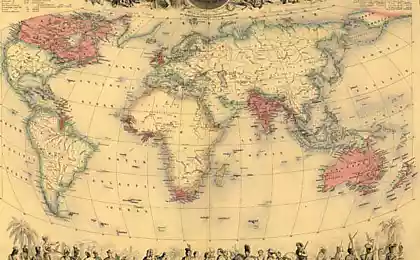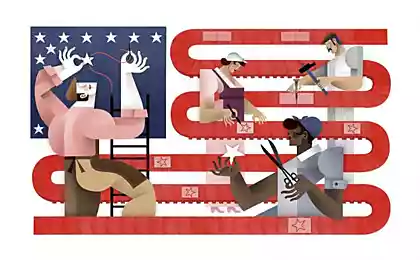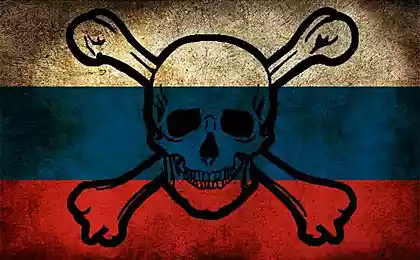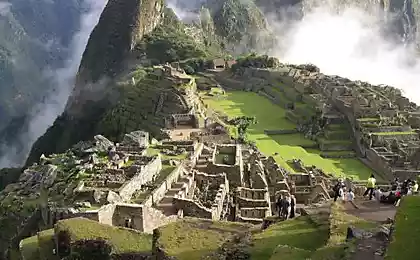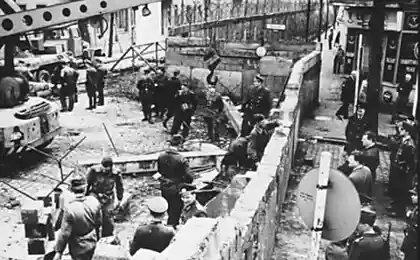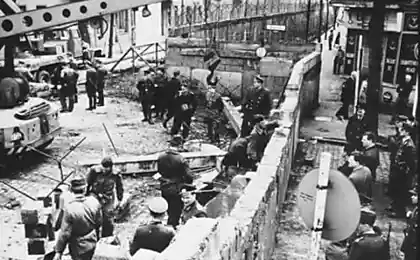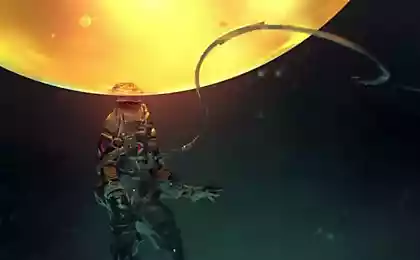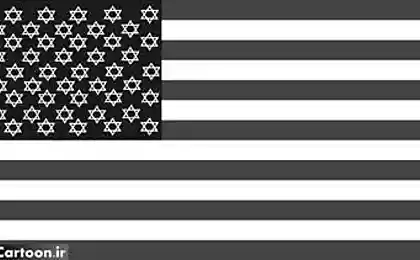1217
Empire, which had no money and commerce
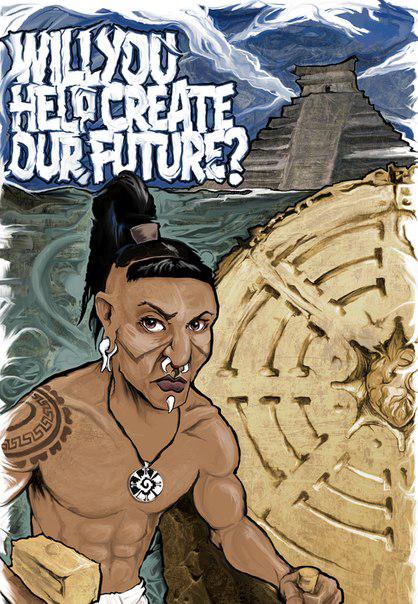
In the XV-th and XVI-th centuries the Inca Empire was the largest state in South America. The Incas built a great city, they had plenty of food, textiles, gold and coca, but, nevertheless, there was no money. Moreover - they had no markets.
Inca Empire stretched from the Andes to the coast line, occupying the territory of modern Peru, Colombia, Chile, Bolivia, Ecuador and Argentina. Message between settlements was carried out by road, the complexity of which rivaled by any means in the Old World. Perhaps the Inca Empire was the only civilization in history where there was no traders and any hint of commerce.
Many aspects of the Incas remain a mystery, partly because all the information about them comes from the Spanish conquerors who destroyed them - the conquistador Francisco Piccaro defeated the army of the Incas in 1532, the year with the help of just a few people. But the real blow came in about ten years before, when European invaders unwittingly caused the smallpox epidemic that killed about 90% of the Incas.
The document describes the Incas as masters of mountain agriculture and construction. They built terraces and farm-grown on the slopes of potatoes, corn, peanuts - all the plants have been carefully chosen for each particular height. They also treated trees to keep a thin top layer of soil in good condition.
With regard to trade, it is believed that if the product can not be grown on the spot, the Incas just to transport it to the right place. Production, distribution and use of goods controlled by the state and every citizen of the empire could get everything you need for life from a warehouse, including food, tools, raw materials and clothes, with over it did not have to pay anything. Without markets, there was no need for the standard currency or money - to spend money Incas was simply nowhere.


